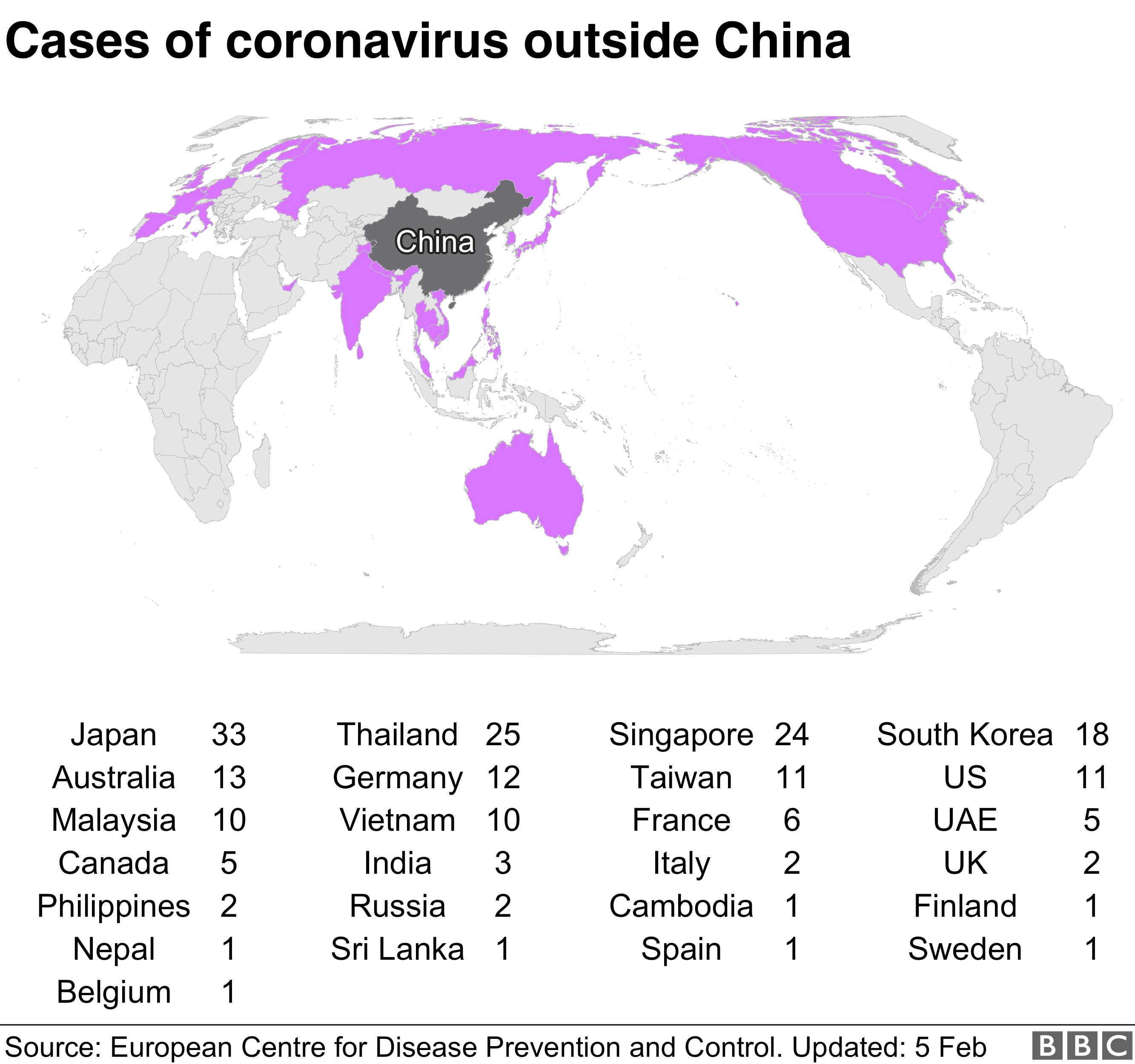https://foreignpolicy.com/2020/02/04/pa ... belt-road/
Why Pakistan Is Resuming Flights to and From China
The cost of a so-called all-weather friendship.
BY RAVI AGRAWAL, KATHRYN SALAM | FEBRUARY 4, 2020.
Trade Together, Sneeze Together?
China and Pakistan have long described their close diplomatic and economic relationship in poetic terms. In 2010, former Pakistani Prime Minister Syed Yousuf Raza Gilani described the relationship as “higher than mountains, deeper than the ocean, stronger than steel, and sweeter than honey.” And Beijing has called Islamabad its “irreplaceable, all-weather friend.”
But Pakistan’s decision on Monday to resume flights to and from China—just three days after suspending them in response to the 2019-nCoV outbreak that originated in the central Chinese city of Wuhan—has drawn criticism. “We don’t have any facility to properly test suspected cases,” a medical expert in Islamabad told the South China Morning Post, questioning the wisdom of the move to reopen flights. Meanwhile, Pakistani authorities are confident their airport screening system is adequate.
The price of friendship. Pakistan’s decision highlights the different ways that countries are dealing with the coronavirus. The divergence may be linked to Beijing’s ability to put pressure on some countries and not others, as the New York Times reports. China called a U.S. entry ban “not in keeping with the facts” or “in keeping with friendship.” One can imagine why it would be difficult for Pakistan to continue to ban flights to and from its biggest arms supplier and investor.
Pakistan is also facing criticism over its decision not to evacuate its citizens from Wuhan. Once again, a Pakistani spokesman used a strange choice of words. “We stand by China in full solidarity,” said Zafar Mirza, a health official in Prime Minister Imran Khan’s government. “If we act irresponsibly and start evacuating people from there, this epidemic will spread all over the world like wildfire.”
Khan’s calculations. At the World Economic Forum’s annual meeting in Davos, Switzerland, last month, FP editor in chief Jonathan Tepperman interviewed the Pakistani prime minister. Their exchange shed light on how Khan is constrained by China’s largesse:
JT: You’ve been very vocal about criticizing India’s treatment of its Muslims and the oppression of Muslims around the world, with one notable exception: China. Why have you been so quiet about the persecution of China’s Muslims in Xinjiang and elsewhere?
IK: Well, two reasons. One main reason is that the scale of what is going on in China—and frankly, I don’t know much about it, I just occasionally read about it—is nothing compared to what is happening in Kashmir.
....
_____________________________________________________________________________________________________________________________
https://thediplomat.com/2020/02/sino-pa ... -epidemic/
Sino-Pakistan Relations Amid the Coronavirus Epidemic
The coronavirus outbreak revealed the weakest link in China-Pakistan relations: people-to-people ties.
By Eram Ashraf, February 04, 2020
The creation of the China-Pakistan Economic Corridor (CPEC), under which China plans to invest around $62 billion dollars in Pakistan, represents a “qualitative shift” in Sino-Pakistan relations, already touted officially as being “higher than the Himalayas…and sweeter than honey.” Alongside Chinese investments, the two countries have also seen an increase in the movement of people between them. These include Chinese workers linked to CPEC projects moving to Pakistan as well as students and entrepreneurs from Pakistan moving to China. It is this side of Sino-Pakistan relations, which involves citizens from both countries, that has come under great stress in recent days.
The global crisis created by the emergence of the novel Coronavirus 2019-nCoV in Wuhan city, capital of the central province of Hubei, China, has affected citizens from both countries along with the rest of the world. According to the latest data, in China so far 17,491 cases have been confirmed and 361 deaths reported (these figures are constantly changing).
Adding to worries over the outbreak, Wuhan, which has an approximate population of 11 million, hosts international students from various countries, including Pakistan. In Hubei province, where the virus originated, 21,371 international students have been registered.
China’s Ministry of Education (MOE) in 2018 reported a total of 492,185 international students in China from 196 countries who were pursuing studies in 1,004 higher education institutions. Out of these, 28,023 students were from Pakistan, the third-highest total of any country.
As the number of confirmed cases and death toll grew, the central government in China decided to take drastic steps to control the disease’s spread and put Wuhan under quarantine. What started out as restrictions on the movements of 11 million people soon progressed to the quarantine of at least 50 million to prevent the spread of the virus.
In light of the emerging situation, the United States arranged for its citizens to be flown out of Wuhan despite China’s efforts to contain the spread of the disease through quarantine. The United States was soon followed by other countries such as Japan, the United Kingdom, India, Bangladesh, and others.
.....
Gautam


